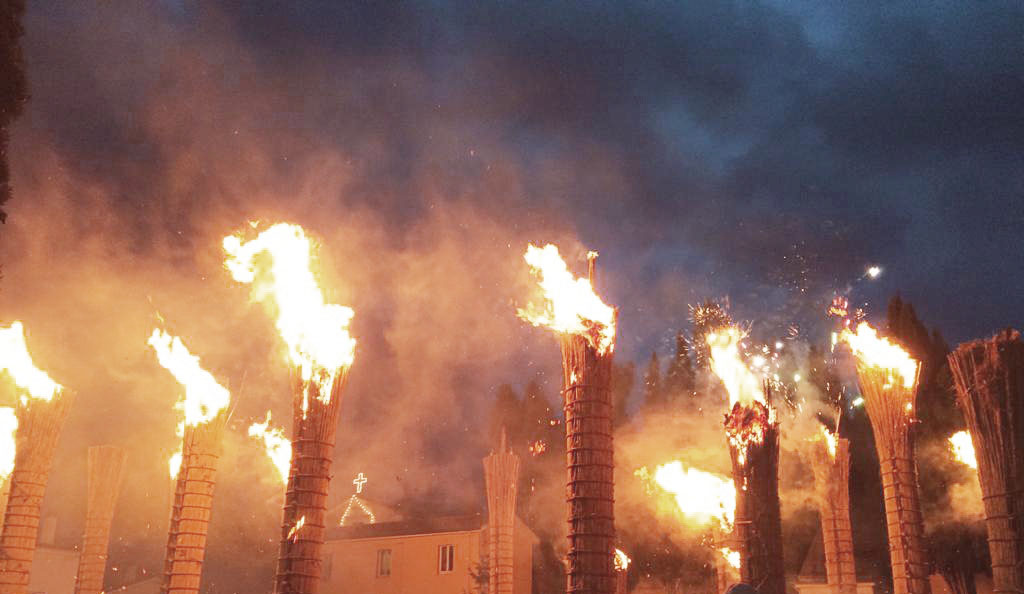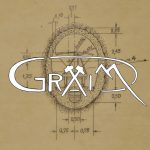Demoethnoanthropological heritage

The demo-ethno-anthropological heritage includes two types of assets, closely connected: material assets and intangible assets, whose protection and valorisation require constant contact with the territories and local communities of reference. Area V is dedicated to the demo-ethno-anthropological heritage, through which the Superintendency carries out the protection, valorisation, promotion and safeguarding of the tangible and intangible cultural heritage and promotes events and initiatives aimed at protecting the cultural diversity present in the territory of competence. These activities are carried out in compliance with the rules and principles of the Code of Cultural Heritage and Landscape (Legislative Decree 42/2004 and subsequent amendments), and in the spirit of important international legal instruments issued by UNESCO and the Council of Europe, which directly concern demo-ethno-anthropological assets, such as the Convention for the Safeguarding of the Intangible Cultural Heritage, the Convention on the Protection and Promotion of the Diversity of Cultural Expressions and the Council of Europe Framework Convention on the Value of Cultural Heritage for Society, the so-called Convention of Faro.
These tools emphasize the importance of cultural resources inherited from the past and transmitted to new generations, which constitute the demo-ethno-anthropological heritage: oral traditions, performing arts, social practices, rituals, festive events, knowledge and practices regarding nature and universe, knowledge and skills to produce traditional craftsmanship. These resources are recognized by communities as an expression of their values, beliefs, knowledge and traditions, seen in their continuous mutability. They include practices, representations, expressions, knowledge, skills, as well as tools, objects, artefacts and cultural spaces associated with them, material and immaterial resources that communities, groups and, in some cases, even individuals alone recognize as important components of own cultural heritage, becoming heirs and active subjects in the transmission to future generations of fundamental aspects of their own fluctuating identity. This heritage also includes the surrounding environment and landscape, the result of the continuous interaction between populations and their places of reference. At the base there is a clear affirmation of the importance of cultural diversity, as a fundamental characteristic and common heritage of humanity and the openness to a multiplicity of cultural products that lead back to the first anthropological definition of the concept of culture, given in 1871 by E.B. Tylor: “Culture, or civilization, understood in its broad ethnographic sense, is that complex whole which includes knowledge, beliefs, art, morals, law, customs and any other capabilities and habits acquired by the man as a member of a society”.
Area V of the Superintendence deals with protecting and enhancing this particular component of the cultural heritage, supporting the communities in their work of safeguarding their own heritage, constantly recreated and adapted to the context, in a continuous relationship with contemporaneity. It also deals with the new forms of management of the demo-ethno-anthropological cultural heritage by the “heritage communities”, foreseen by the Faro Convention and with everything that happens in the territories starting from this Convention.
The reference territory, the provinces of Chieti and Pescara, between the sea, the hinterland and the mountains, offers varied heritage of inestimable demo-ethno-anthropological value. The culture of the sea is demonstrated, among other things, by the Pescara navy and by the presence of trabocchi, ancient fishing machines, identity resources that testify to the civilization linked to fishing and to the ingenuity of the trabocchi, whose construction wisdom, also linked to he art of assembling recycled materials, often sourced from the sea itself, has been passed down for generations. This is accompanied by the ancient civilization of peasant culture and pastoralism, evidence of which can be found everywhere: in the sheep tracks, the ancient routes of transhumance, an activity recognized by UNESCO as an intangible heritage of humanity, in rural architecture, in clothing, in the wool tradition, in the presence of woolen mills and fulling mills, in food and wine traditions, in the oral tradition. Added to this is the mining culture, which mainly characterizes the inland territories, at the foot of the Maiella, which has left many traces scattered throughout the reference territories. And again, the construction techniques of earthen houses, the artistic craftsmanship linked to the processing of ceramics, majolica, gold and silver, copper and wrought iron, stone, fabrics and wool, musical instruments, wood, leather goods, leather, wicker, In in each of these fields, there is the centuries-old legacy of skilled hands who have been able to adapt their skills to the presence of local resources, in a cultural continuum that reaches the present day, transformed and certainly important for the new generations. Then there is the festive universe, with a rich calendar that affects every single locality and in every month of the year and the heritage linked to the presence of hermitages and abbeys, important testimonies of the monastic spiritual culture of the territory certainly important from the point of view demoethnoanthropological.
There are many cultural resources from the past that have played a fundamental role for communities, spaces or activities no longer in use, linked above all to material heritage, which today no longer have their own functionality, but instead can be regenerated precisely as testimonies and fragments of memory and intended for new use. There are historic commercial activities and places related to local history, such as the Gustav Line, the main German defensive line on the southern Italian front, which marked the populations of Abruzzo so much. An important demo-ethno-anthropological heritage, therefore, which also bears witness to the changes and hybridisations due to contacts and relationships that have occurred over the centuries between populations, in a dynamic process of meetings, clashes, transmissions and exchanges. The demo-ethno-anthropological cultural heritage is immersed in contemporaneity which inevitably changes what has been in the past and this is a fundamental point to keep in mind, together with the feeling of belonging to a land that has built and reconstructed the multiple identities of the actors of this heritage . And, as Ennio Flaiano once said: “I too ask myself what I have retained from Abruzzo and I must say, alas, everything; that is, the pride of being one that comes back to my throat when I least expect it.”

